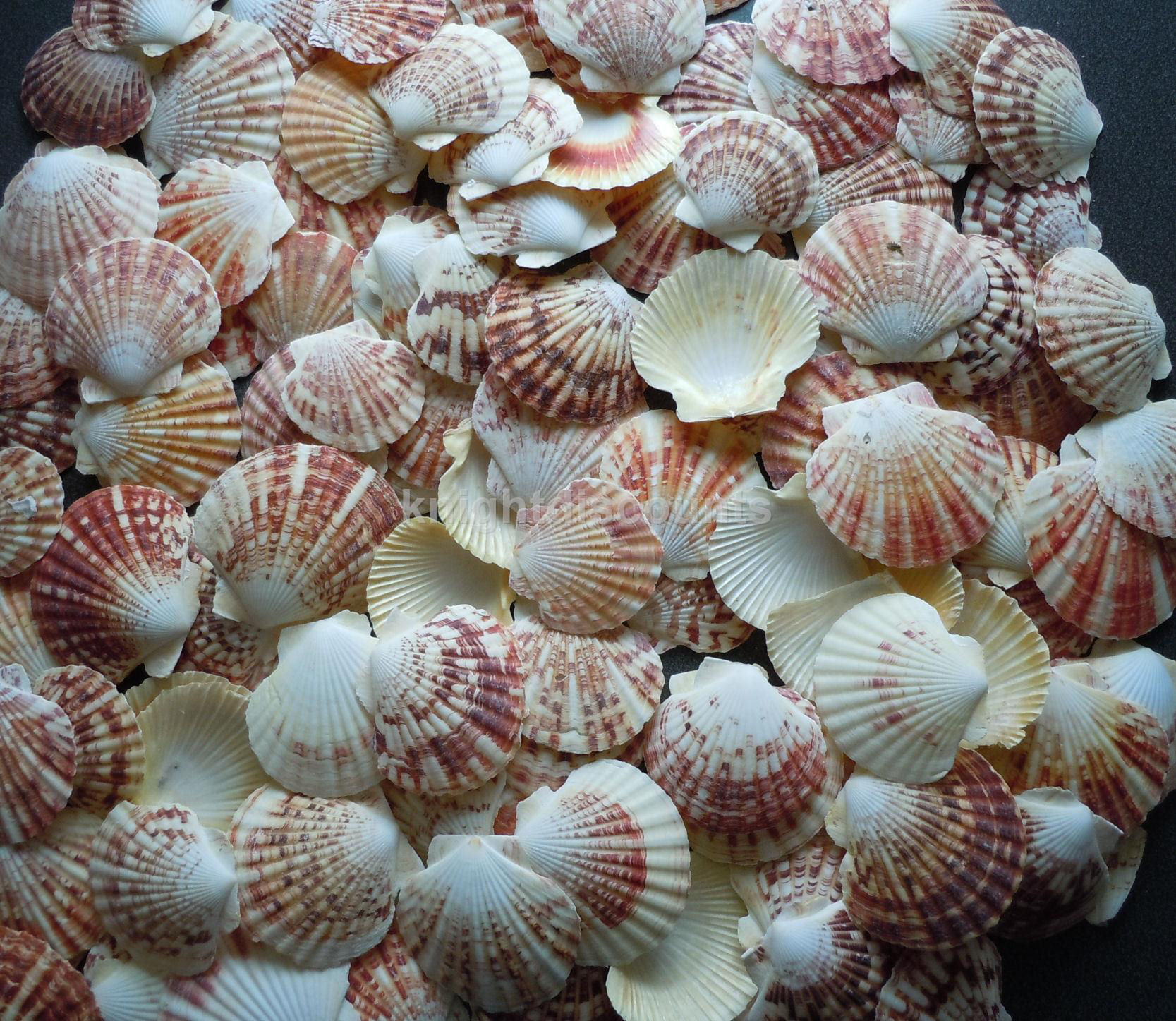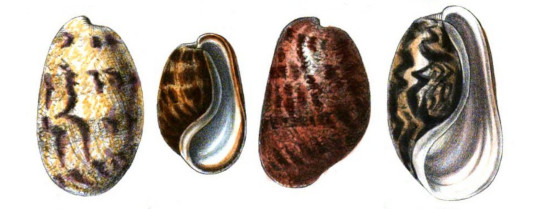

Between 15, the number of manillas needed to buy an enslaved captive nearly tripled. The increase in the money supply led to rapid inflation. The Portuguese, with ready access to markets in the Americas and Asia, were able to bring copper manillas by the tens of thousands to Benin. In the 15th century, Portuguese traders began to sail further down the coast, looking for gold and for enslaved labourers to work on sugar plantations in São Tomé, Madeira and Brazil. The expansion of the Iberian empires and the beginnings of both plantation slavery and gold and silver mining in Spanish and Portuguese America had a heavy impact in west Africa. Manillas – open-ended copper rings – were used as a currency, and they also had spiritual and cultural value artists and craftspeople in Benin melted them down to cast into sculptures and plaques, including the bronzes. Through trans-Saharan trade routes to north Africa and the Mediterranean, the kingdom of Benin, like many other west African states, was connected to global markets long before the arrival of Portuguese caravels.

The Benin bronzes are one of many examples he uses to illustrate the slow collapse of west Africa’s economic fortunes.


 0 kommentar(er)
0 kommentar(er)
